Paper Birch Trunk wound
reeko05
9 years ago
Related Stories
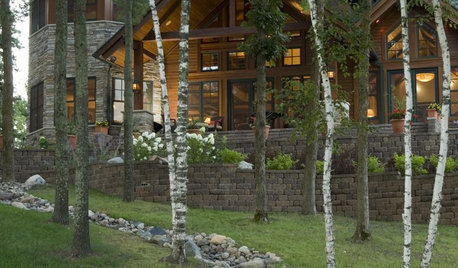
TREESGreat Design Plant: Paper Birch
Slim and snowy, with paper-like bark, this tree gorgeously contrasts fall foliage and offers its own colorful contribution to the landscape
Full Story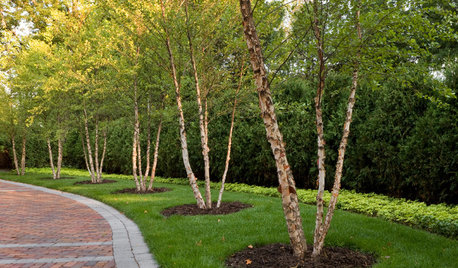
LANDSCAPE DESIGNGreat Design Plant: River Birch
Pick this rugged native tree for its intriguing peeling bark, soil adaptability or leaves that bring dappled shade to a garden
Full Story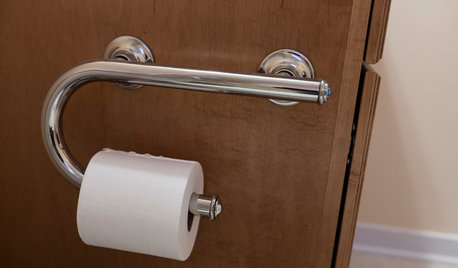
LIFEThe Absolute Right Way to Hang Toilet Paper. Maybe
Find out whether over or under is ahead in our poll and see some unusual roll hangers, shelves and nooks
Full Story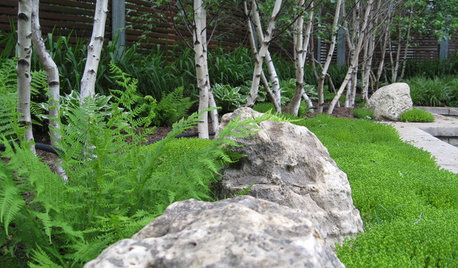
GARDENING GUIDESGreat Design Plant: Betula Populifolia
Add a touch of cool northern forest to your landscape with the highly ornamental, fast-growing and wildlife-friendly gray birch tree
Full Story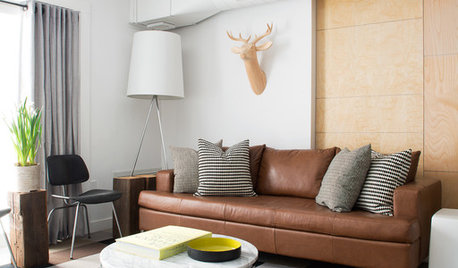
HOUZZ TOURSHouzz Tour: Nature Suggests a Toronto Home’s Palette
Birch forests and rocks inspire the colors and materials of a Canadian designer’s townhouse space
Full Story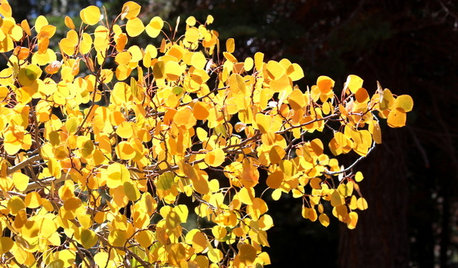
LANDSCAPE DESIGNGreat Design Plant: Quaking Aspen for 3-Season Beauty — on Its Own Turf
It offers bright fall foliage, snowy winter bark and lush green leaves in summer. Just don't try to plant quaking aspen away from its home
Full Story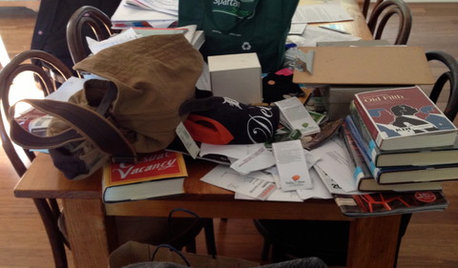
LIFEAnatomy of a Family-Size Mess
Study your home’s dumping grounds to figure out what organizational systems will work — then let yourself experiment
Full Story
LIFEThe Moving-Day Survival Kit: Lifesaving Items and Niceties
Gather these must-haves in advance for a smooth move and more comfortable first days in your new home
Full Story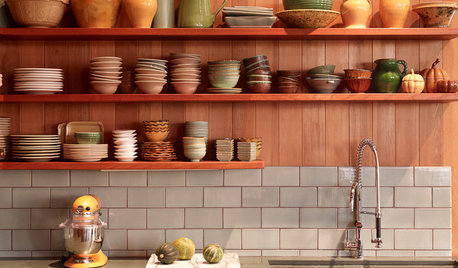
KITCHEN CABINETS9 Ways to Save Money on Kitchen Cabinets
Hold on to more dough without sacrificing style with these cost-saving tips
Full Story
LANDSCAPE DESIGNFlood-Tolerant Native Trees for Soggy Soil
Swampy sites, floodplains, even standing water ... if you've got a soggy landscape, these trees are for you
Full StoryMore Discussions






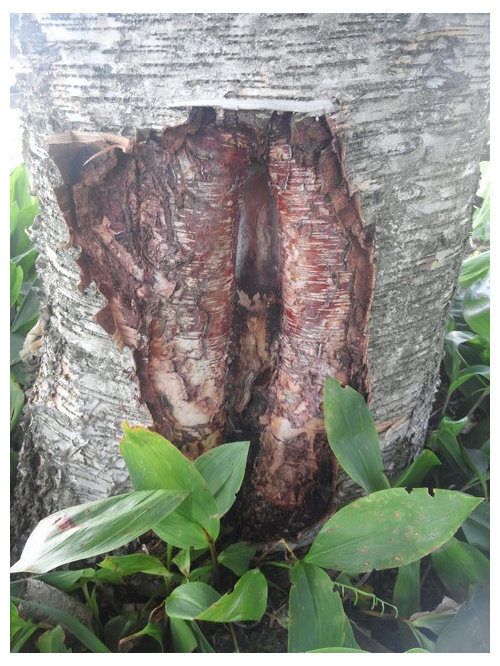

reeko05Original Author
Huggorm
Related Professionals
Mooresville Landscape Contractors · Centereach Landscape Contractors · Fair Oaks Landscape Contractors · Lyndhurst Landscape Contractors · Severna Park Landscape Contractors · Waterford Landscape Contractors · Golden Valley Landscape Contractors · Boston Siding & Exteriors · Castle Rock Siding & Exteriors · Fairfax Siding & Exteriors · Rockville Siding & Exteriors · Green Bay Decks, Patios & Outdoor Enclosures · Justice Decks, Patios & Outdoor Enclosures · Owings Mills Decks, Patios & Outdoor Enclosures · Troy Decks, Patios & Outdoor Enclosuresreeko05Original Author
Ruffles78
reeko05Original Author
wisconsitom
ken_adrian Adrian MI cold Z5
wisconsitom
reeko05Original Author
wisconsitom
ken_adrian Adrian MI cold Z5
whaas_5a
reeko05Original Author
wisconsitom